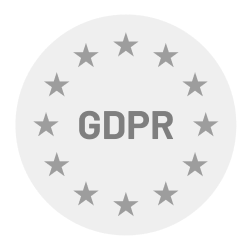We value your privacy.
We use cookies on our site to enhance your experience, improve our site, and to deliver content and ads that are relevant to you. You can choose to accept all cookies by clicking Accept All, or you can manage them individually by clicking
Manage cookies
, where you can read more. Please find more details about our Privacy Policyin here.Let's Discuss!
Embark on a tech adventure!
Offer
Software
Web Apps
Mobile Apps
Admin panels with advanced data analytics
Payment integration
UX / UI design
Quality Assurance
Deep tech
Machine learning
Data sets & Neural networks training
Image & AI Processing
Sound and Voice AI processing
GPT solutions
Industries
Case studies
Company
Software
Web Apps
Mobile Apps
Admin panels with advanced data analytics
Payment integration
UX / UI design
Quality Assurance
Deep tech
Machine learning
Data sets & Neural networks training
Image & AI Processing
Sound and Voice AI processing
GPT solutions
A denoising autoencoder for CIFAR dataset(s)
May 22, 2019
Bartosz Fijalkowski
Ruby on Rails, AWS Dev ops
© 2025 Codahead. All rights reserved
